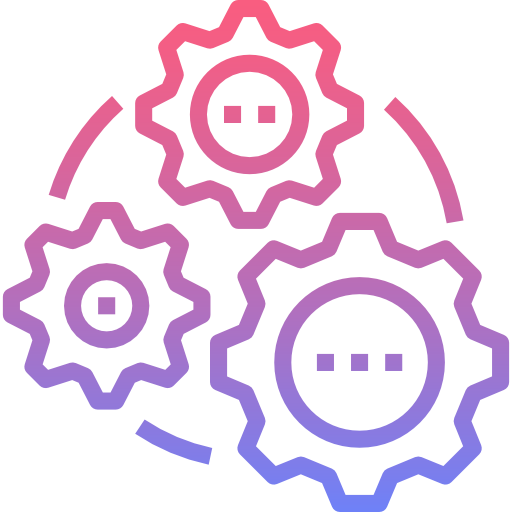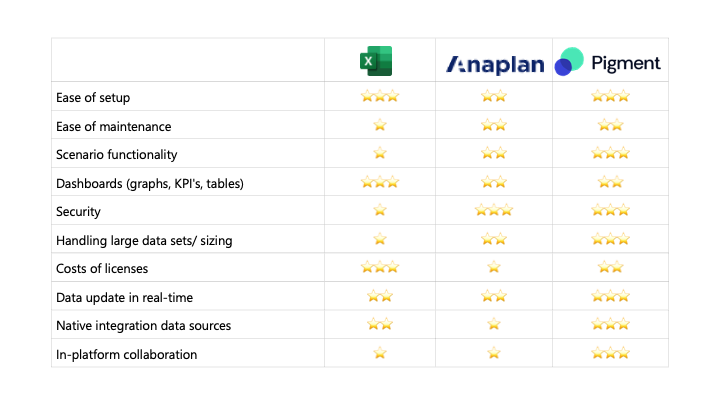From S&OP to xP&A: The Logical Next Step in Enterprise Planning
The business landscape is changing faster than before. Volatility in demand. Supply disruptions. Global economic pressures. Welcome to the new reality. In this environment, traditional planning in silos is not just inefficient, but risky.
At Planadigm, we have been helping organizations to master Sales & Operations Planning the last couple of years. During these projects, we have observed the big necessity for the next step: xP&A (Extended Planning & Analysis).
For those businesses already experienced in S&OP, this transition is not only natural, but also strategic and a necessity to survive.
Why S&OP Was Just the Beginning
S&OP became the link between supply chain and commercial functions, aligning production with demand, inventory with revenue, and capacity with constraints.
But organizations today need more than alignment between sales and operations. They need a connected view across finance, HR, marketing, IT and operations. Planning excellence is no longer just about supply and demand; it is about real time decision-making that connects every function to the company’s financial and strategic objectives.
That’s exactly what xP&A is.

What is xP&A?
In 2020, Gartner defined the term Extended Planning and Analysis as a response to the current challenges faced by companies looking to exploit new digital business models and navigate current economic uncertainties.
It is the evolution of FP&A, expanding financial planning principles across the enterprise. It brings all departments into a single connected planning environment. Sales forecasts, hiring plans, marketing budgets, supply chain constraints, and financial models are no longer disconnected—they’re synchronized.
Think of xP&A as the natural expansion of S&OP principles across the organization:
- Unified planning across all business functions.
- Real-time insights for faster, data-driven decisions.
- Scenario modelling that links operational drivers to financial outcomes.
- Agility to adapt plans quickly as markets shift.
Why the Transition to xP&A Makes Sense for S&OP-Centric Organizations
If you’ve mastered S&OP, you’re already on the path to xP&A.
S&OP professionals have dominated thinking across silos, managing complex data and balancing competing priorities. They already know that no plan lives in isolation: supply impacts operations, demand impacts revenue, and capacity impacts margin.
What xP&A offers is the opportunity to bring that same planning discipline into finance, workforce, capital allocation, and more.
“Your production plan should inform your hiring plan. Your demand forecast should shape your marketing spend. With xP&A, it all connects.”

Is Your Business Ready for xP&A?
If your planning process is hitting limits, or if your executive team is asking for more connected, real-time insights, it may be time to explore the shift.
And the best part? You don’t need to start over. You just need to extend what’s already working.
Let’s talk about how to make that transition, whether that means building a roadmap, assessing your maturity, or designing an integrated planning framework that works for your business.
The future of planning isn’t about replacing what works. It’s about expanding its impact.
Ready to take the next step?
Let's Talk!


